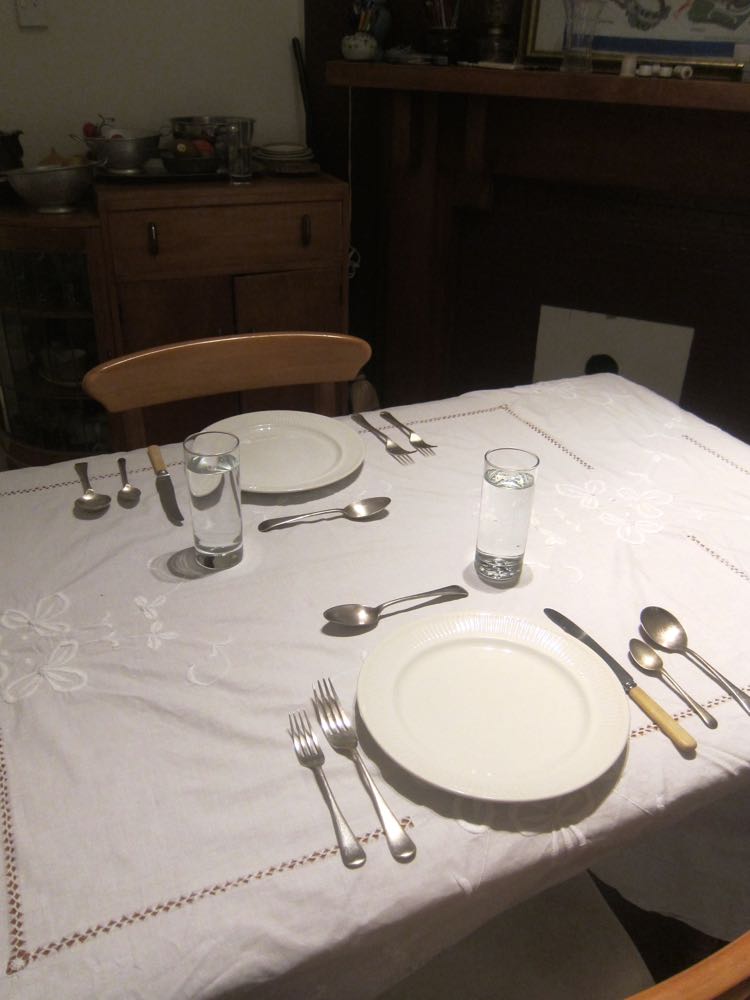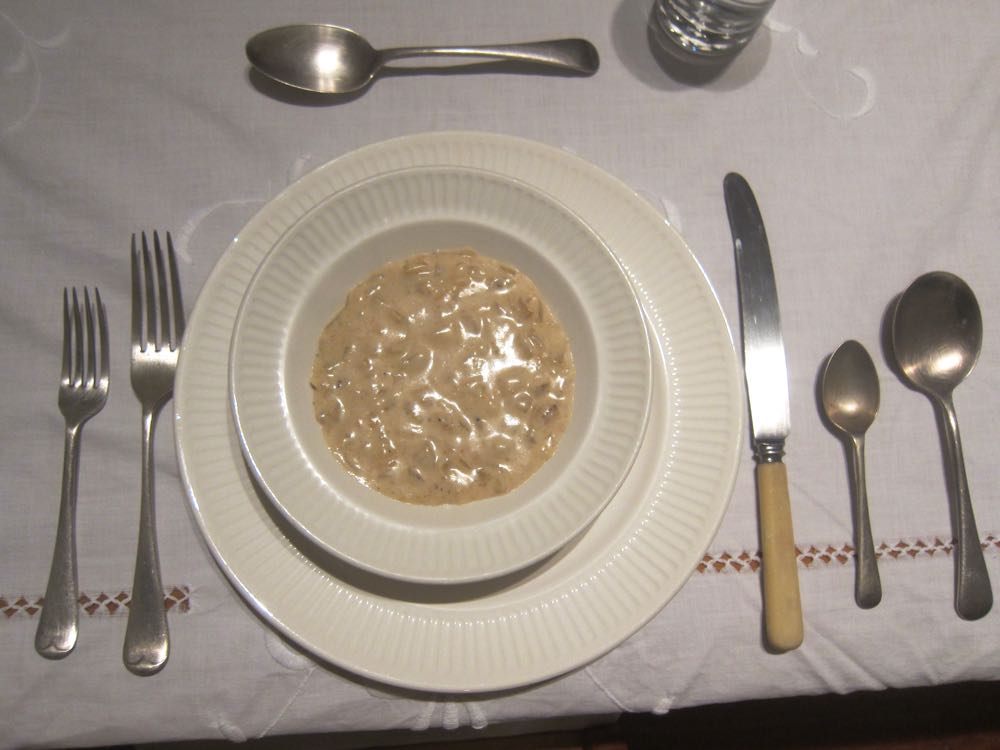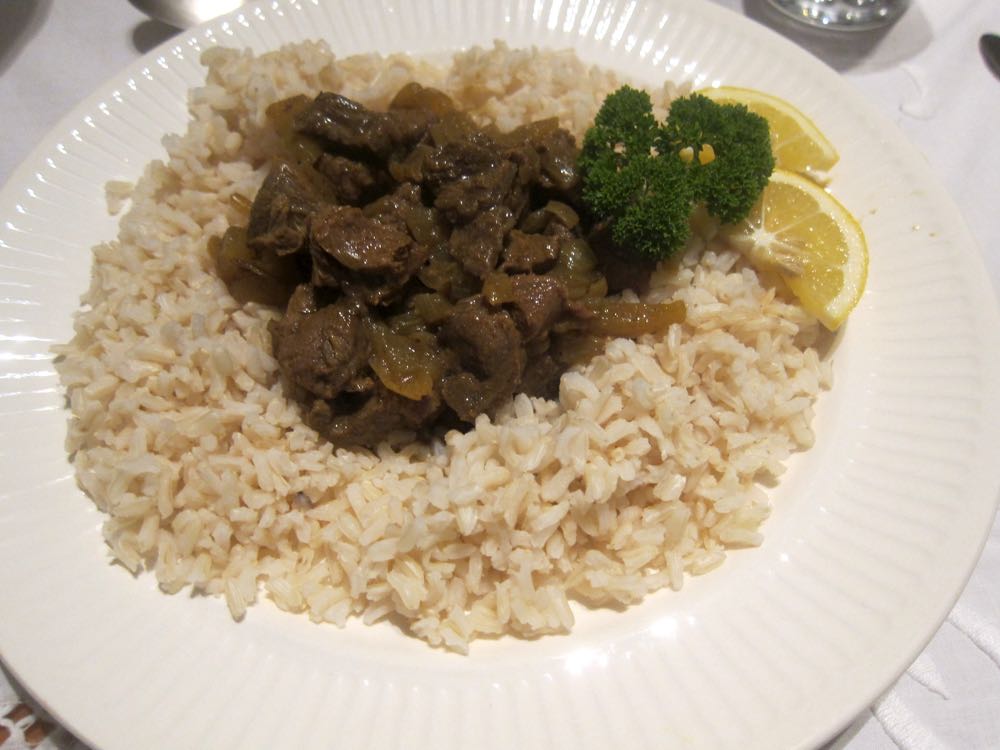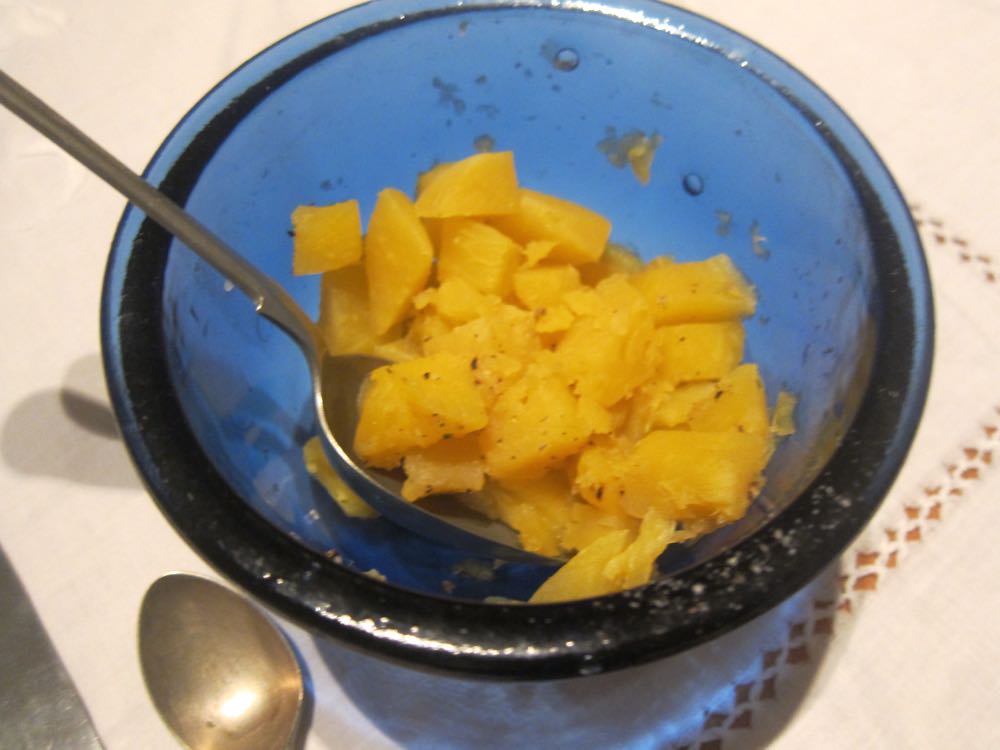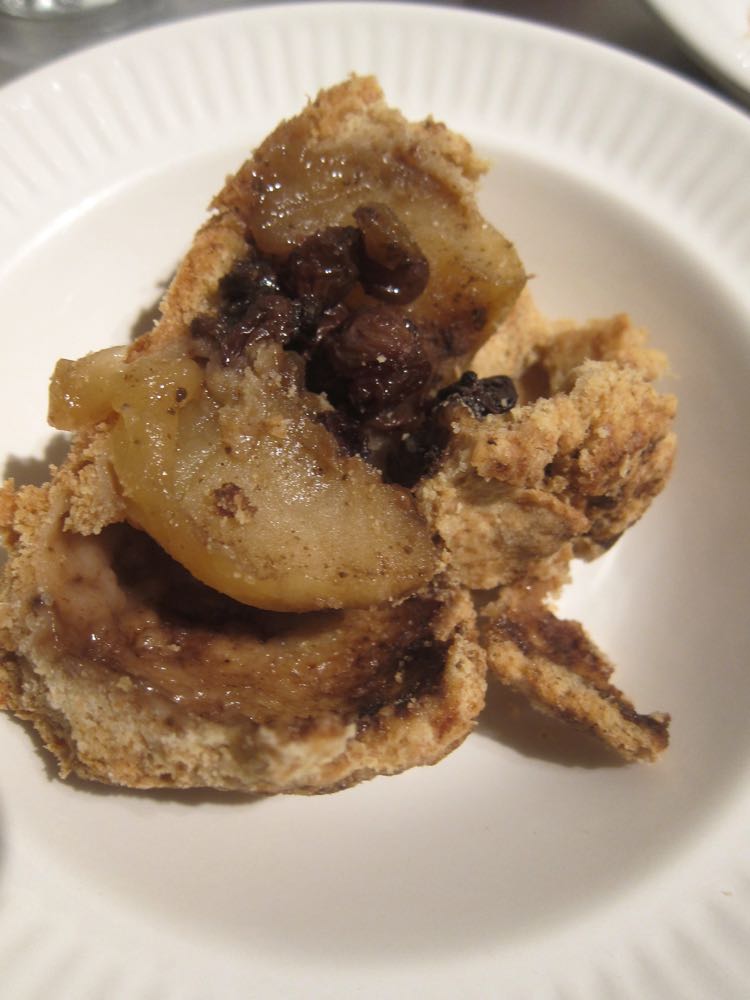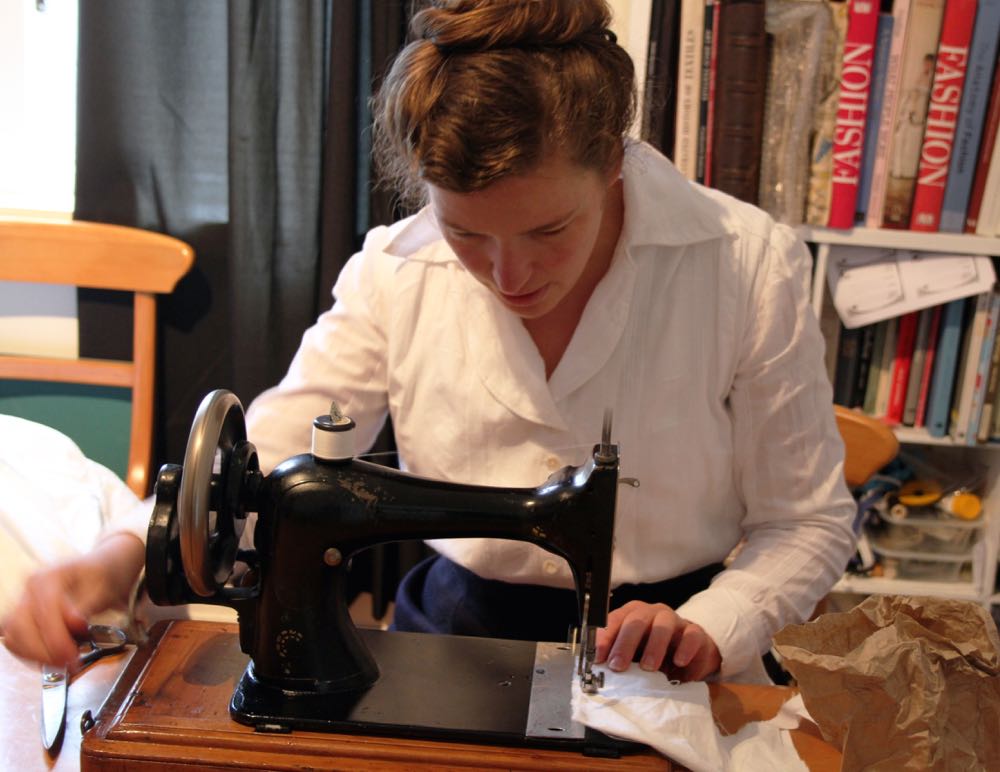There is just 36 hours left in my 1916 experiment, and while I am to the point where I’m not just counting the days, but the hours, and while I have done more than a little whinging, I have to admit…it gets better.
The longer I do it, the easier it gets. The more the corset fits my body, the easier it is to live in the clothes, the more I really learn to move and work and rest with them, and the more familiar I am with every task that I do.
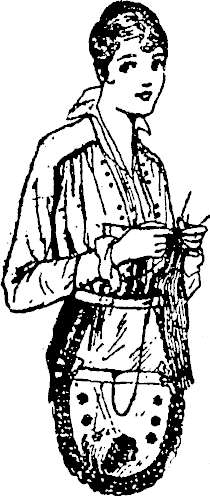
Odds and ends of silk ribbon and lace were used to make this dainty little apron. Observer, 11 March 1916
It was really hard for the first week, and then not so hard.
I did more than twice as much laundry the second time around, but took the same amount of time. I can get a three course dinner on the table with under 45 minutes of actual work for most meals (cooking time is a totally different story! No pressure cookers!). I’ve even gotten better at ironing, and washing dishes with a stupid bristle brush and a washrag.
I think if I lived in 1916 as I have been for two full months, I’d be quite handy, and by six months, transitioning back to the modern world would be as discomforting and hard as transitioning to 1916 was (we’ll find out if there are any transition hiccups in just a wee while!).
And there are things about 1916 that are better than 2016, things I will try to carry into my modern life.
At the same time, I’m still very, very grateful that I live in 2016 – partly for some of the modern technologies (I’m going to kiss my pressure cooker, and it’s not even that modern!), but mostly because I am grateful for the freedom that we have to have our own opinions, and to do our own thing.
A woman in 1916 NZ was much luckier than her counterparts in most of the world: she could vote, own property, run a business, and even divorce her husband (while still having a chance of keeping the kids) under a much wider range of circumstances than those available in most of the rest of the West. She could choose her own faith, go out to eat (but not drink), and travel on her own.
But for men and women, particularly during the war, there were massive social constraints. The government controlled the news, and nothing which could impact the war effort or moral (i.e. no dissenting opinions) could be published. Voicing anything seen as unpatriotic or anti-war could get you fired and ostracised within your community. NZ took one of the harshest lines on conscientious objectors of any Allied country, imprisoning and torturing them during the war, and denying them voting rights for a decade after.
WWI, in particular, was a very hard time to be a foreigner (i.e. not of British extraction) in New Zealand. Men of German background (including those who had specifically left Germany because they disproved of the German government) were imprisoned in detention centres on islands in Wellington & Auckland. People with foreign names found themselves socially ostracised, and their businesses were boycotted, or even destroyed (drunken riots targeting ‘foreign’ businesses happened in nearly every major town and city in the country during the war).
While I love reading the newspapers of 1916, it quickly became apparent how shallow and repetitive they are: how little of the reporting encourages independent thinking or further investigation. It also becomes apparent how divided the classes were. NZ has always been more egalitarian than Great Britain, but there were still strong divides between the social classes, and not much opportunity for movement. Even more obvious is the divide between Pakeha (white) and Maori society of the time: and how much racism their was.
The work of 1916 hasn’t been too bad, and the clothing becomes easier, but I am eminently, fervently, grateful not to live in the period.
It would have been such a narrow, constrained, repressed life in so many ways. There were so few opportunities for women, so little room for dissent. The biggest blessings of the modern world are not the time and labour savers (though those are nice), but our ability to have our own beliefs; to access so much information, so that our beliefs can actually be informed; to have friends with a whole range of opinions, from a range of backgrounds. These I will never cease to be grateful for. It’s not a perfect time: there is still so much more to work for, and so many threats, but things have gotten better, so much of the work has already been done, and it’s still a better time to live in than any other.


